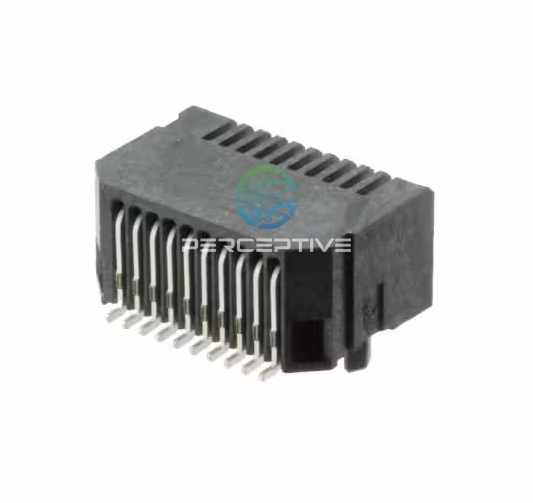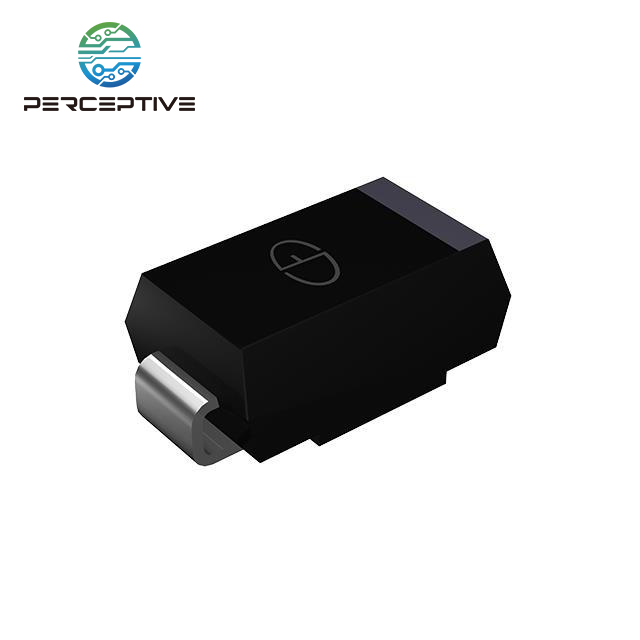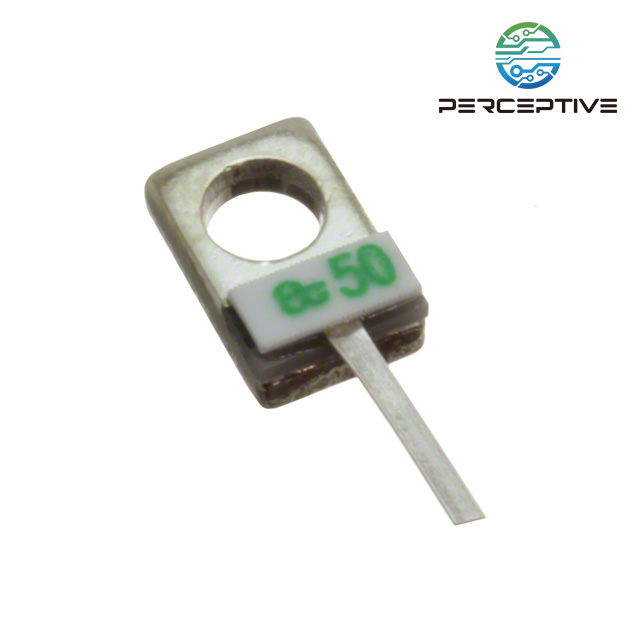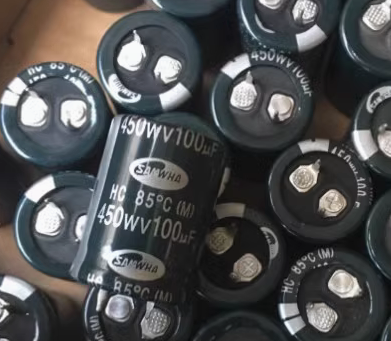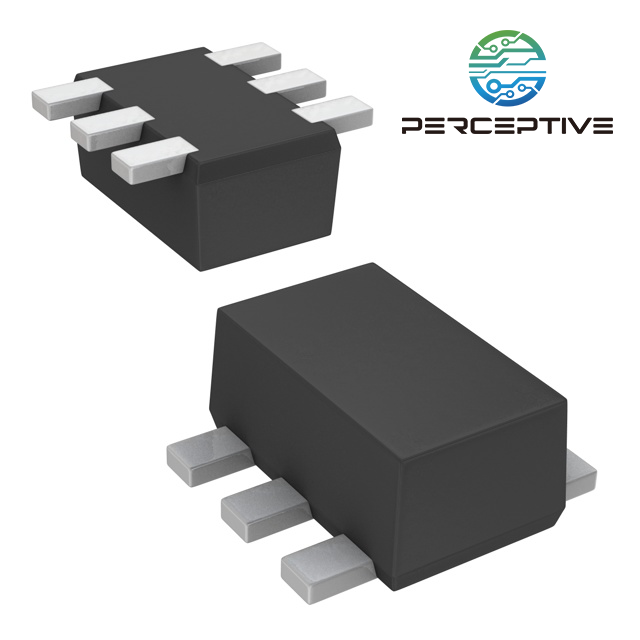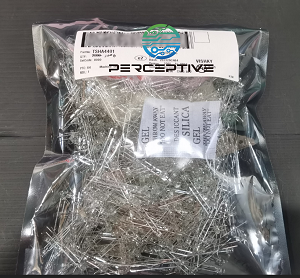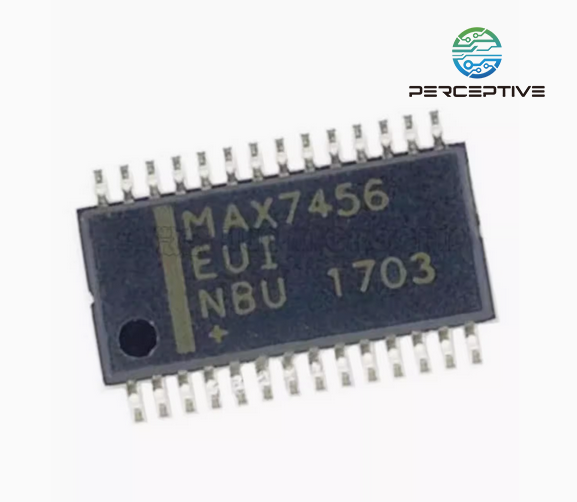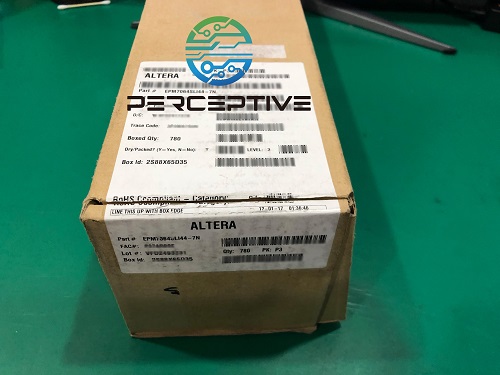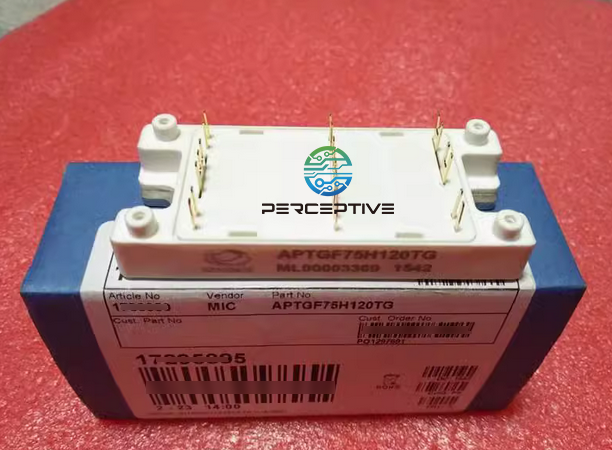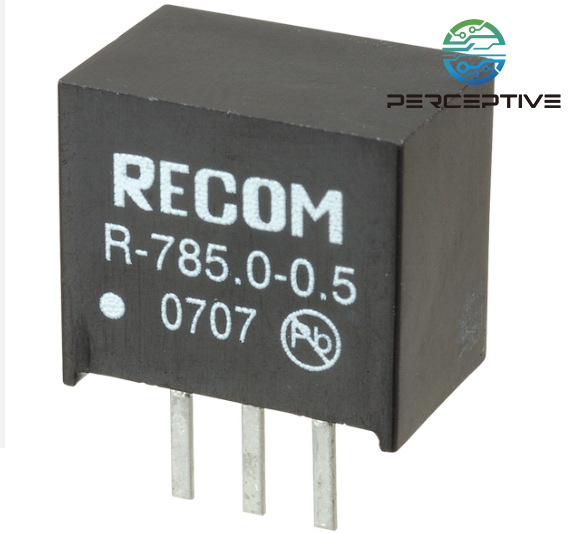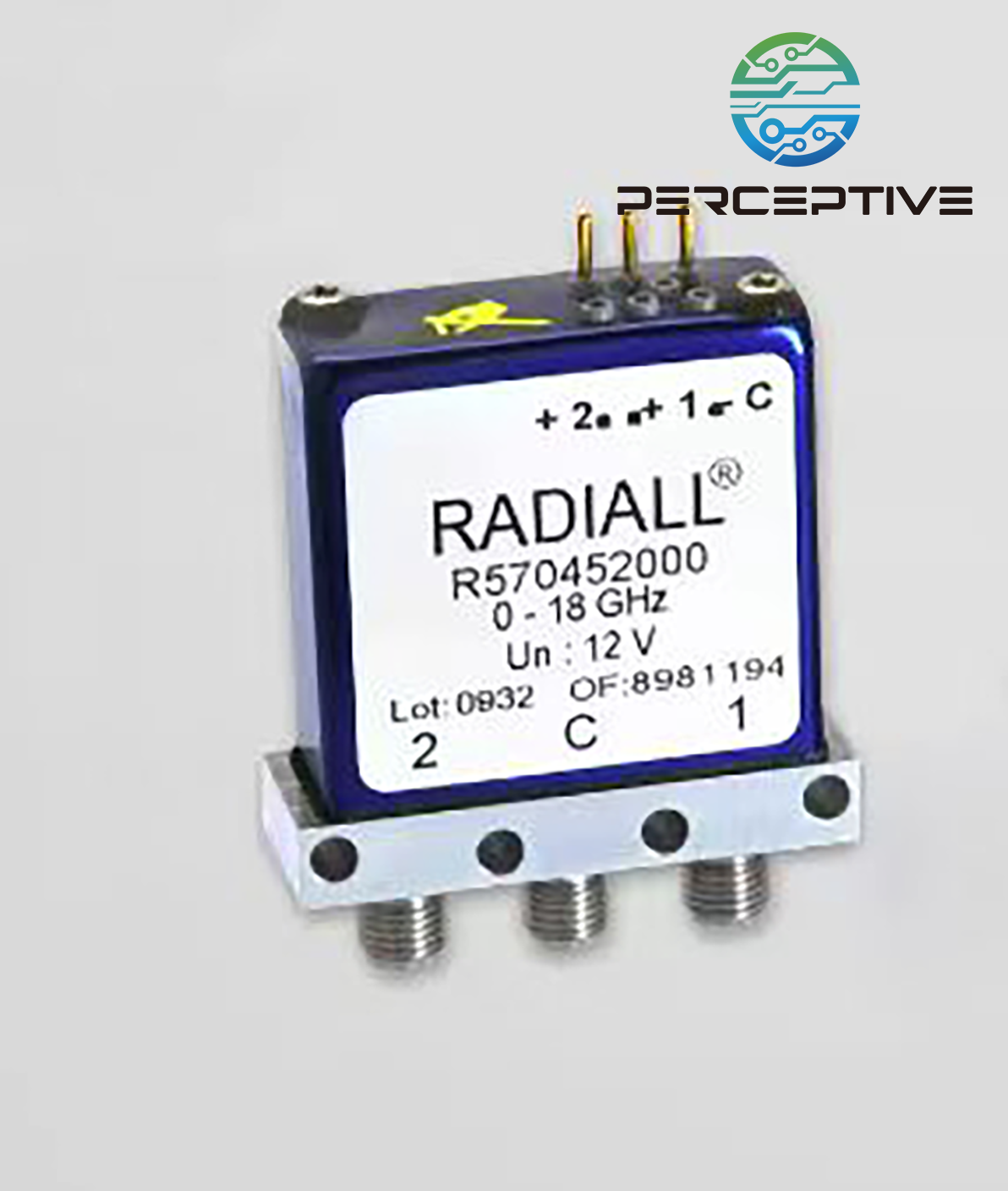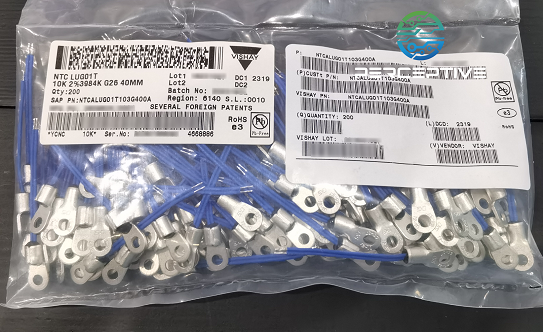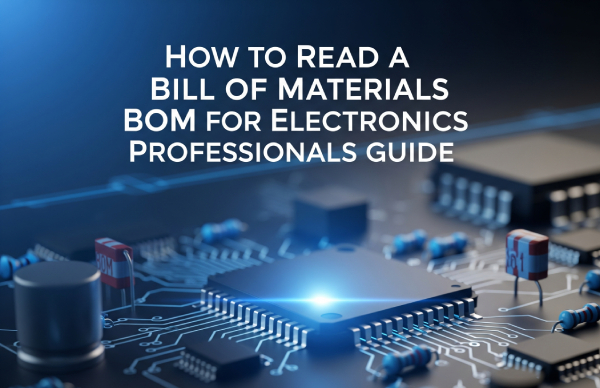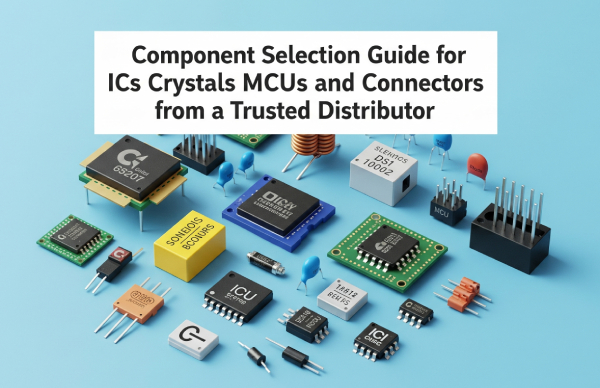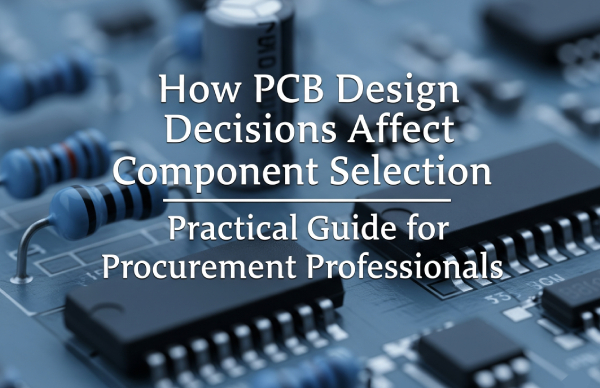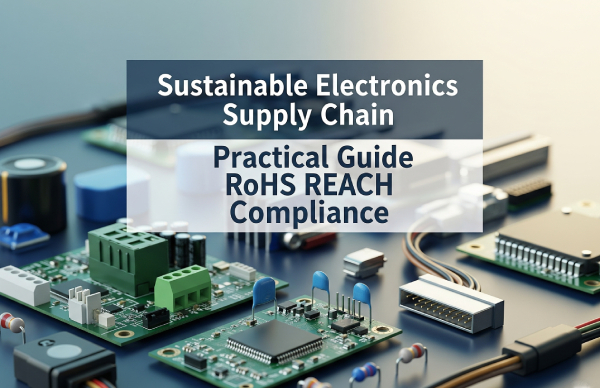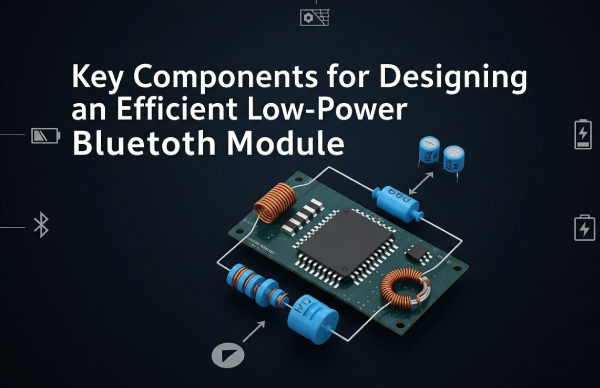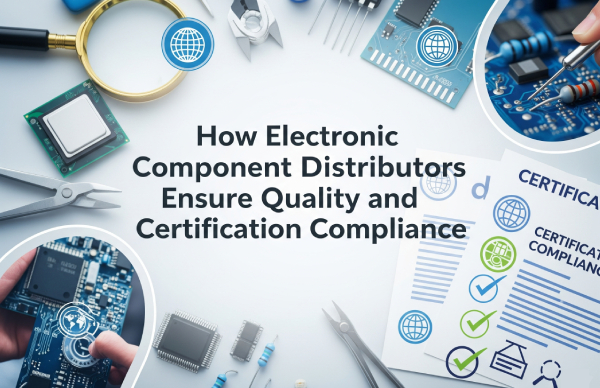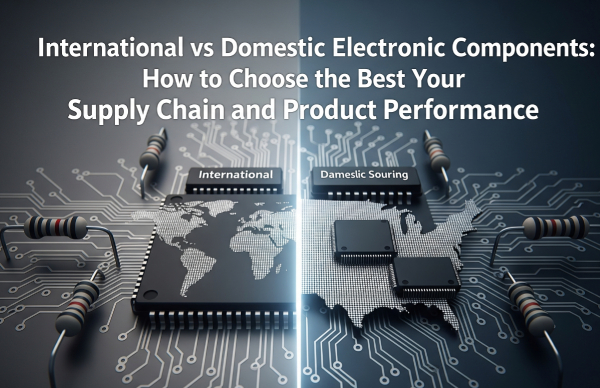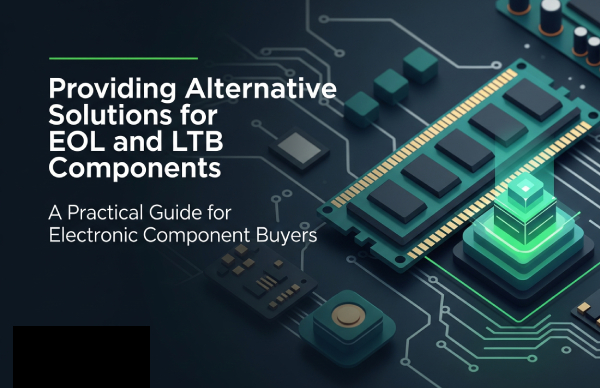In the electronics industry, understanding a Bill of Materials (BOM) is not just a basic skill—it's a critical component of efficient product design, sourcing, manufacturing, and supply chain management. Whether you're an engineer, procurement specialist, or supply chain manager, the ability to accurately interpret a BOM can significantly impact your time-to-market, cost control, and product performance.
What is a Bill of Materials (BOM)?
A BOM is a comprehensive list of parts, components, assemblies, and subassemblies required to manufacture an electronic product. Think of it as the blueprint that tells the supply chain what to build, in what order, using which components. A typical BOM may be used by engineers to communicate with manufacturers, or by procurement teams to source electronic parts.
There are various types of BOMs—engineering BOM (EBOM), manufacturing BOM (MBOM), and service BOM (SBOM)—but for electronics components distributors and engineers, the EBOM is most relevant.
Key Elements of a BOM and How to Read Them
A standard BOM typically includes the following fields:
1. Item Number
Each component is assigned a unique identifier for easy reference. The numbering system should follow a logical structure, often hierarchical, especially when subassemblies are involved.
2. Quantity
This indicates how many units of each part are required for one final product. Understanding this field helps procurement teams calculate total needs for production runs and avoid over- or under-purchasing.
3. Part Number
Part numbers are crucial for sourcing. They can be manufacturer-specific or internal to the company. Cross-referencing these numbers ensures the right parts are purchased.
4. Part Description
While brief, this description gives an overview of the component (e.g., "10uF 25V Ceramic Capacitor, X7R, 0603"). A clear, standardized format helps reduce miscommunication.
5. Manufacturer Name
Knowing the manufacturer helps in quality assurance and counterfeit avoidance. For example, an MLCC from Murata differs in reliability from a similar component by an unknown brand.
6. Reference Designators
Reference designators (e.g., R1, C2, U5) link BOM items to specific positions on the PCB layout, essential for technicians during assembly and repair.
7. Footprint or Package
This indicates the physical size and layout—SMD, through-hole, QFN, BGA, etc. Mismatched footprints can cause delays or even PCB redesigns.
8. Lifecycle Status
Advanced BOMs may include part lifecycle status (Active, NRND, EOL, Obsolete), which is vital for proactive risk management in sourcing.
Best Practices When Working with BOMs
Maintain Consistency and Standardization
Use templates and naming conventions across all projects. This reduces errors, especially when BOMs are shared across teams or partners.
Verify Part Availability Early
Before moving to production, ensure all components in the BOM are available from suppliers. Lead time issues for a single component can delay entire projects.
Use BOM Management Tools
Digital tools like Altium, Arena PLM, or Octopart allow for real-time BOM validation, lifecycle tracking, and integration with sourcing platforms. These tools can flag at-risk or obsolete components early.
Collaborate Across Departments
A well-read BOM enables engineering, procurement, and manufacturing teams to align. Make sure all stakeholders regularly review BOM changes to prevent miscommunication.
Common BOM Mistakes and How to Avoid Them
Mixing up internal and manufacturer part numbers: Always clarify the part origin and ensure MPNs (Manufacturer Part Numbers) are up to date.
Omitting key information: Even a missing footprint can delay weeks of development. Triple-check critical fields.
Overcomplicating the structure: BOMs should be detailed but readable. Avoid unnecessary fields unless they serve a specific function.
BOMs in the Age of Supply Chain Disruption
Today's global supply chain is more volatile than ever. Component shortages, rising lead times, and geopolitical factors require proactive BOM strategies. Smart distributors and OEMs are adopting multi-sourcing, cross-referencing, and lifecycle analysis as part of their BOM practices.
By leveraging reliable distributors like Perceptive Components, sourcing becomes more agile. We help customers mitigate risks by offering BOM scrubbing, cross-part analysis, and alternative sourcing solutions—ensuring you stay ahead even in uncertain times.
Conclusion
Reading a BOM is more than scanning a spreadsheet. It requires technical understanding, strategic sourcing awareness, and attention to detail. As the bridge between design and production, a BOM is a living document that must evolve alongside technology and supply chains.
Mastering BOM interpretation means fewer errors, faster turnaround, and better-performing products—core goals for any electronics professional.
Whether you're building a prototype or scaling to mass production, a clear and well-managed BOM is your first step to success.

